Celebrating Girls and Women in Science in NYC and Beyond
The New York Academy of Sciences has been promoting women and girls in science since at least 1877. Those efforts continue today.
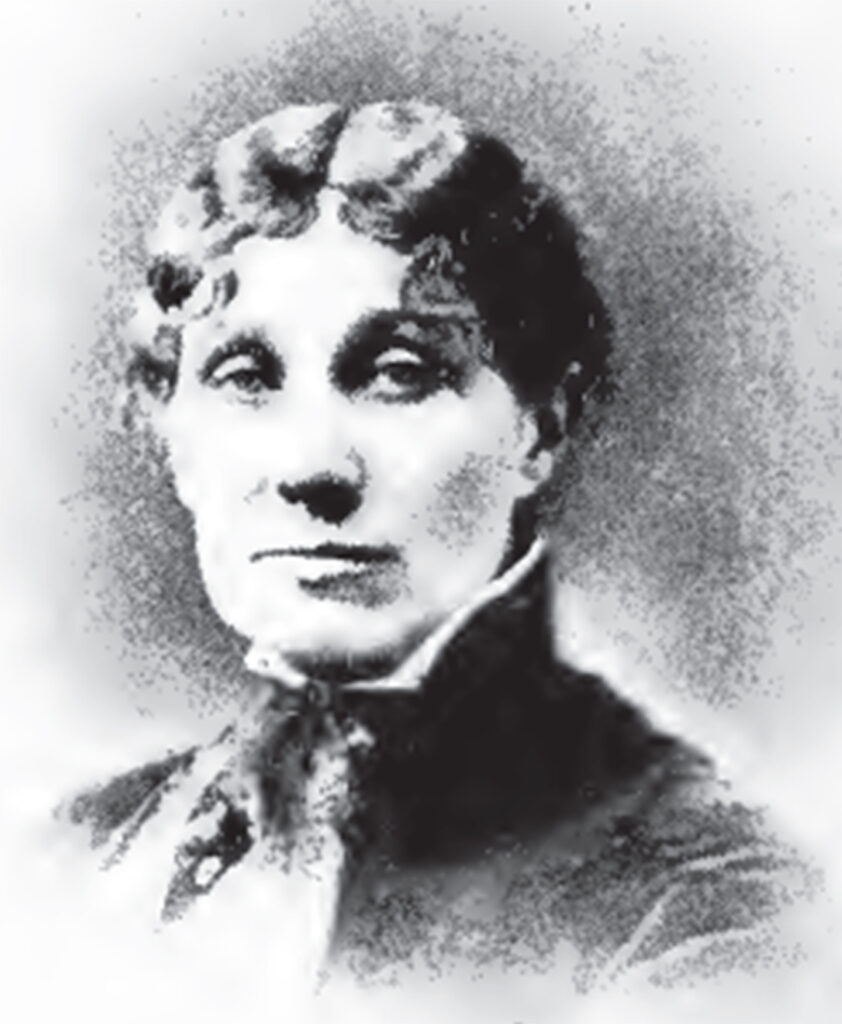
As the world celebrates the International Day of Women and Girls in Science on February 11, The New York Academy of Sciences is proud to reflect on its efforts of making the sciences more accessible for all.
The Academy began admitting women as members in 1877, more than four decades before passage of the 19th Amendment which gave women the right to vote. Erminnie Adele (Platt) Smith, an ethnologist and geologist, was the Academy’s first female member in 1877.
With funding from the Smithsonian Institution, Smith established herself as a credible anthropologist through her work that examined American Indian ethnology. She published her research findings in Myths of the Iroquois in 1883. Smith founded and served as the inaugural president for the Aesthetic Society, a Jersey City-based organization that promoted “cultivation and education…in literature, science, and art.”
Women Scientists of the 20th Century
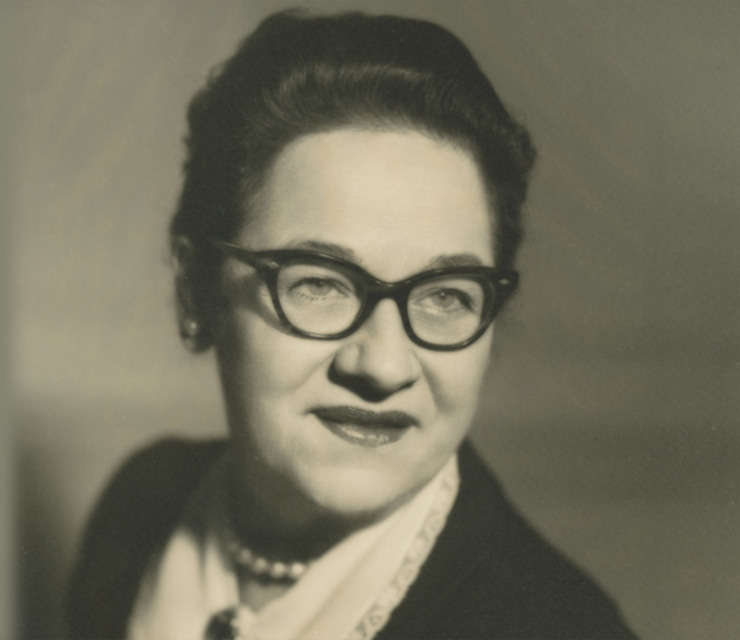
Moving into the 20th century, the Academy saw more of its women members making significant scientific contributions in their respective fields. Nobel Laureates Gertrude B. Elion and Barbara McClintock are honorary Academy members from this era.
Eunice Thomas Miner’s impact on the Academy was immense from the moment she became involved in 1932. At that time the Academy’s membership was a mere 300 and its finances were in a state of flux. Miner worked her way up to serve as the Academy’s Executive Director. By the time of her retirement, membership had grown to more than 26,000 worldwide. Miner also played a significant role in procuring the Ziegler-Woolworth Mansion (2 E. 63rd Street), which served as the Academy’s home from 1950 to 2006.
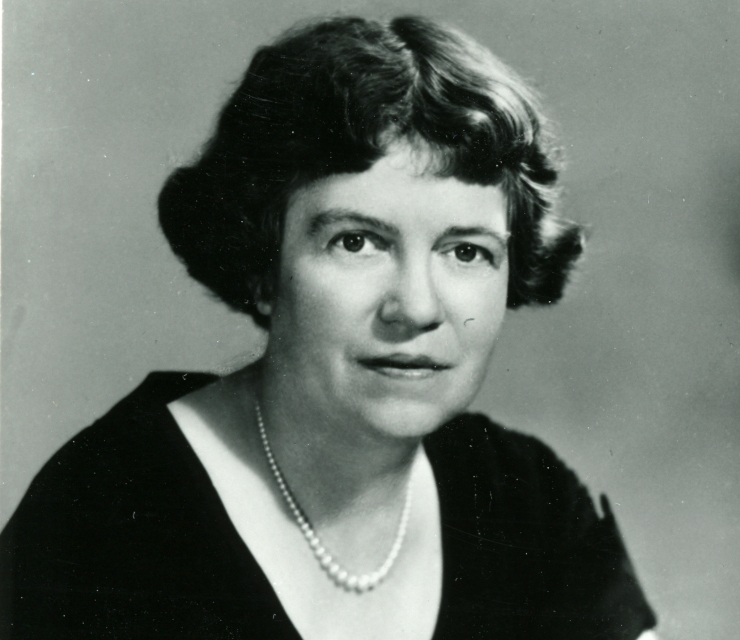
The Academy promoted the research of Margaret Mead, who holds the distinction of being one of the 20th century’s most prominent anthropologists. Her fieldwork in Bali utilized both photography and film, which was unprecedented for its time. Mead always had a concern about the place of science in society, contributing to the Academy’s mission of advancing science for the public good.
After becoming the first African American woman to earn a Ph.D. in chemistry in the United States, Marie Maynard Daly led innovative research connecting heart attacks and cholesterol. Daly served as a member of the Academy’s Board of Governors in the 1970s, helping to guide the Academy at a time when men outnumbered women nearly 10 to 1 in STEM fields.
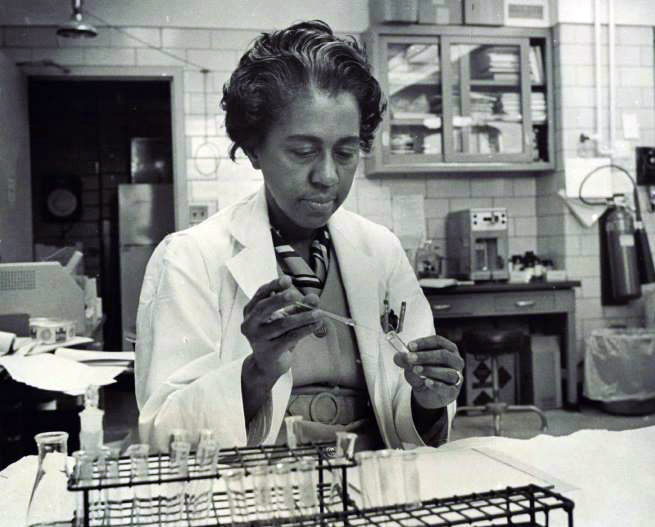
Charlotte Friend established herself as pioneer in cancer research decades before becoming substantially involved with the Academy. Alongside fellow female scientist, Cecily Selby, the duo was among the first to link viruses and cancer. She briefly served as Chair of the Fellowship and Honorary Life Membership committee for the Academy, before becoming the Academy’s first female president in 1978.
Under Friend’s leadership. the Academy hosted the Women in Science and Engineering Conference in 1972. Organized on the heels of the affirmative action ruling, the conference focused on women pursuing studies and careers in STEM fields, which remains an emphasis at the Academy today.
Continuing a Proud Legacy
Brooke Grindlinger, PhD, the Academy’s Chief Scientific Officer, recently wrote in the Washington Post about parallels between the popular 2023 Barbie movie and gender equity.
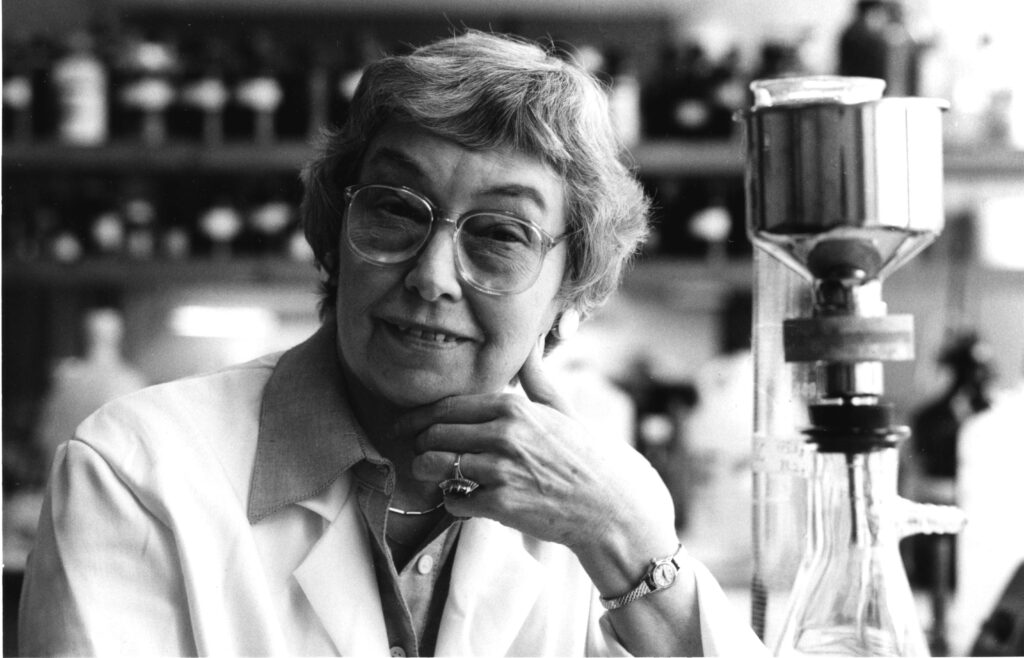
“As a former Barbie doll aficionado, I see a future in which the screen portrayal of diverse women in STEM careers is the norm, breaking free from stereotypical depictions,” wrote Dr. Grindlinger. “STEM characters in ‘Barbie’ could catalyze a transformative shift, urging society to embrace a reality in which life imitates art.”
The Academy continues to promote girls and women in its current programming. Sixty percent of Junior Academy program participants identify as young women, and 60 percent of Team Leads within the program identify as young women. Surveys conducted by the Academy have found a nearly 50/50 split of female-identifying and male-identifying attendees during Academy-sponsored conferences.
This year’s observance of International Day of Women and Girls in Science serves as a potent reminder of the Academy’s ongoing commitment to its founding principles to enhance access to science for all.
